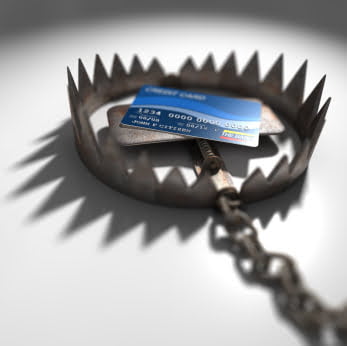
How It Works
The consumer buys a prepaid credit card from a retailer, loads it with money and sometimes even creates a direct deposit account with their employer. The cards are used to pay bills and everyday expenses–just like a debit or credit card. The biggest draw of the prepaid cards? No Credit Check! Because many consumers’ credit reports have serious dings due to foreclosures and delinquent credit accounts, many are unable to obtain bank accounts or traditional credit cards, so they are choosing prepaid credit cards as a “convenience”. But they should use caution.
Prepaid Credit Card Troubles
Many prepaid credit cards have just as many, if not more fees than a traditional bank account or credit card account. In a survey of 18 prepaid credit cards, 17 issuers charged activation fees from $3 to $99.95. That’s a lot of money! And all of the prepaid credit card issuers charged ATM withdrawal fees that ranged from $1.50 to $2.50. They even charge for checking your balance at an ATM machine or making a customer service call. Want to hold off on spending money? Don’t try using these prepaid credit cards as a savings account, a few of the companies charge hefty fees for having an inactive account.